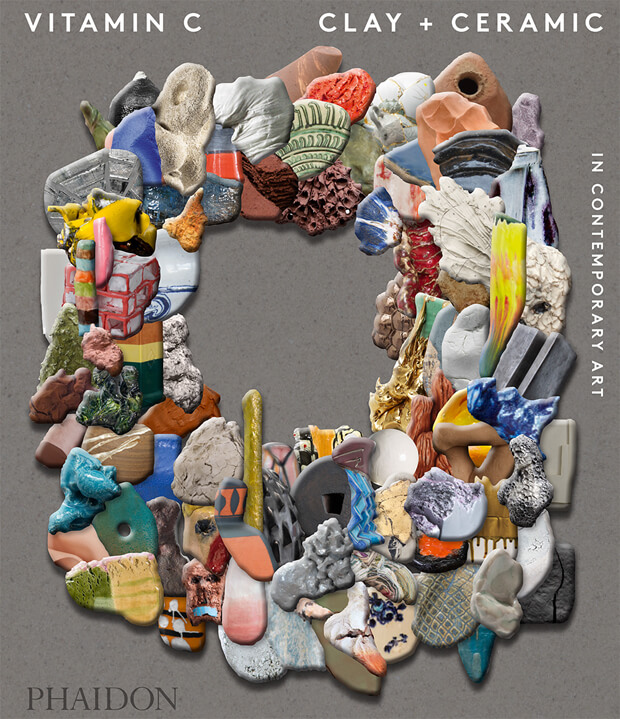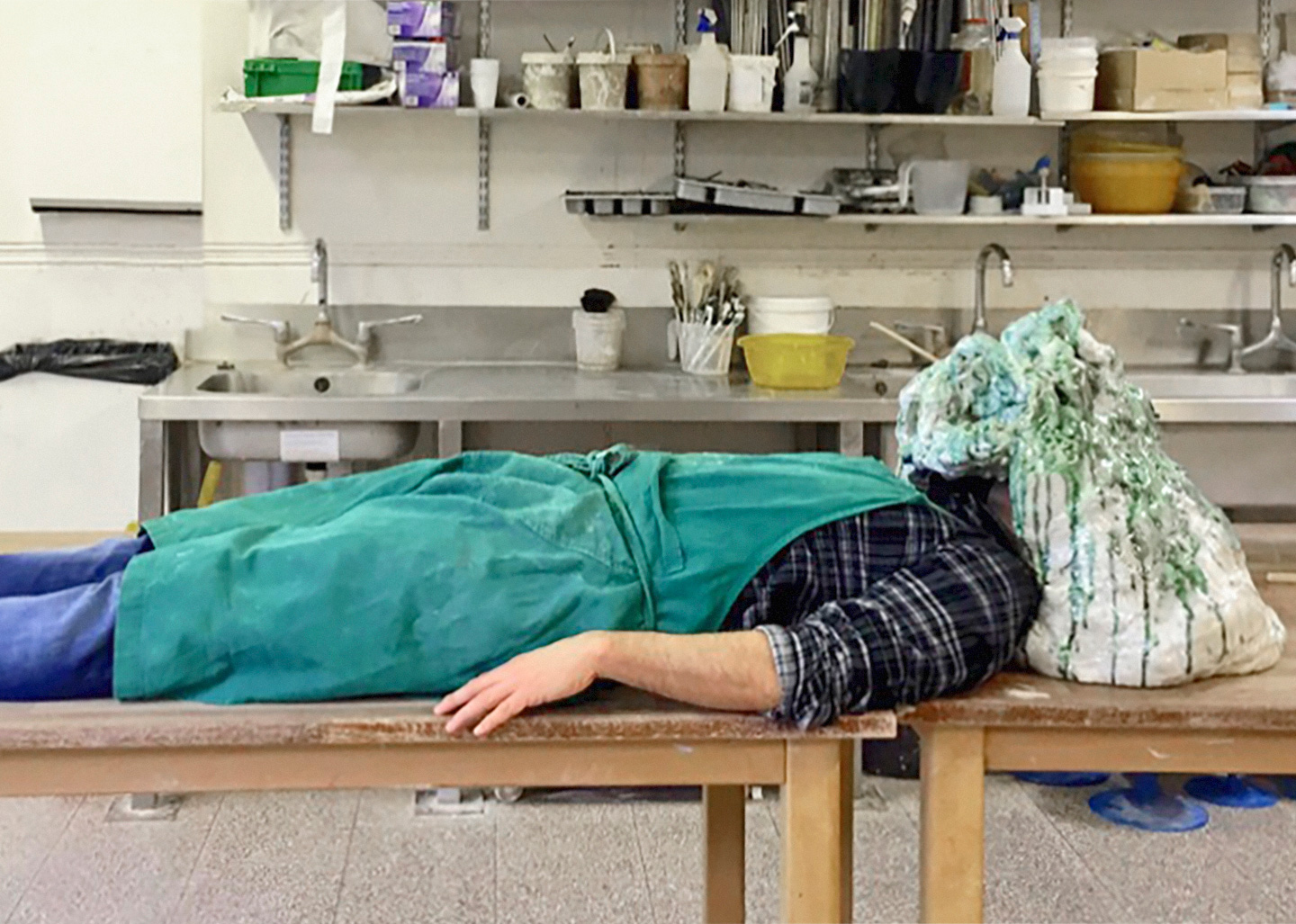
Salvatore Arancio - Why I Create
Exploring the inspirations and attitudes of artists working with clay and ceramic, featured in Vitamin C
Time is embedded deep within the work of Italian artist Salvatore Arancio. From the close observation of geological and vegetal phenomena to the combination of methods of image production that were invented hundreds of years apart, his work finds ways of making us wonder about our ancestors’ (and our own) explanations about how the world came to be, and how to best represent it. Arancio works across different media, as well as ceramics, and often weaves his narratives together using a number of materials.
Having studied photography, his earliest works were two-dimensional collages that combined his own drawings, geometric shapes and found images with antique etchings of volcanic landscapes, employing the old-fashioned technique of photo-etching to create the final – distinctly uncanny – images. "I want them to have an ambiguous temporality almost equidistant between an end and a beginning – images that might be pre-human, or have an apocalyptic quality,:" he says. Here the Vitamin C: Clay and Ceramic in Contemporary Art featured artist tells us why he works in the medium, what particular challenges it holds for him and who he thinks always gets it right.
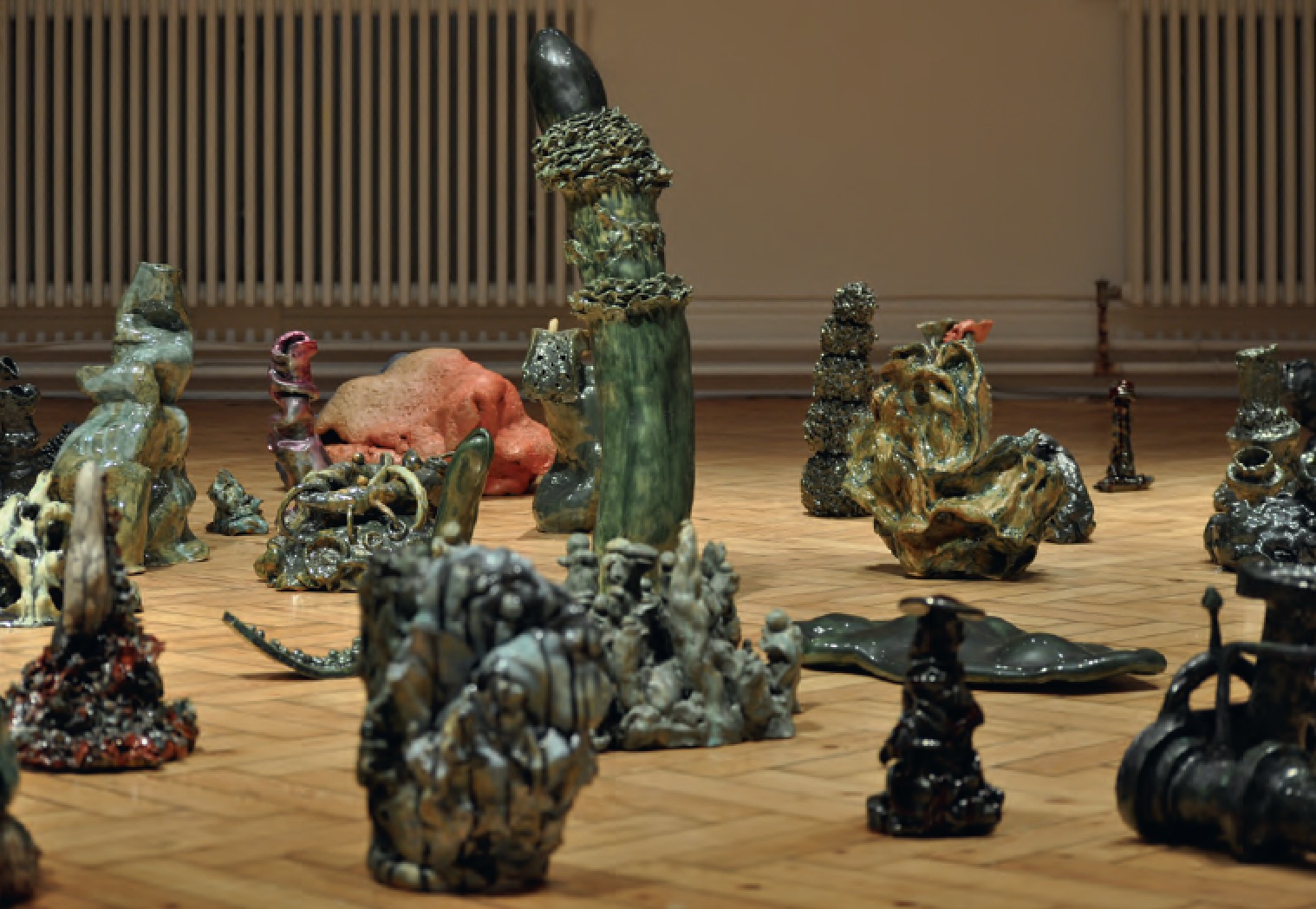
Who are you and what’s your relationship to clay and ceramics? I am someone driven by curiosity with a thirst for experimentation and clay gives me a lot to play with.
Why do you think there’s an increased interest around clay and ceramics right now? There are probably so many different explanations. I personally think it is possibly due to the artist’s direct physical connection with the material and also its aesthetics. It absolutely goes against the hyper realistic computer simulacra that we are surrounded with nowadays, it retains a degree of unpredictability; it’s dirty, visceral and goofy.
Ceramics is sometimes regarded as decorative rather than fine art, does the distinction bother you at all? I have to be honest; I am so bored with this argument. I am not trying to ignore history, but for me clay is a material like any others. In some respects, painting for example was and can be decoration, but we don’ t seem to make the same associations anymore. Could it be that in this respect, ceramics perhaps is still a material in an embryonic state? A language waiting to be developed further? In any case I find it bizarre that in an era of collapse of boundaries in contemporary arts, we are still even debating it. Perhaps this sudden return to fashion might be a good chance to finally put this topic aside. I use clay because it is a material that comes from the earth; from the same landscape that I end up portraying with it. It is for me the obvious vehicle.
Whose work in this world do you admire? Plenty! I suppose Lucio Fontana and Ken Price are the first people that come to mind, but I also really enjoy the work of Leoncillo Leonardi, Ron Nagle, Richard Deacon among others. There is one work that I recently discovered and found so puzzling from a technical point of view: Il Compianto sul Cristo Morto by Niccolò dell’ Arca, made in the second half of the 15th century and housed in the church of Santa Maria della Vita in Bologna. It is just technically astonishing, especially if you consider when it was accomplished.
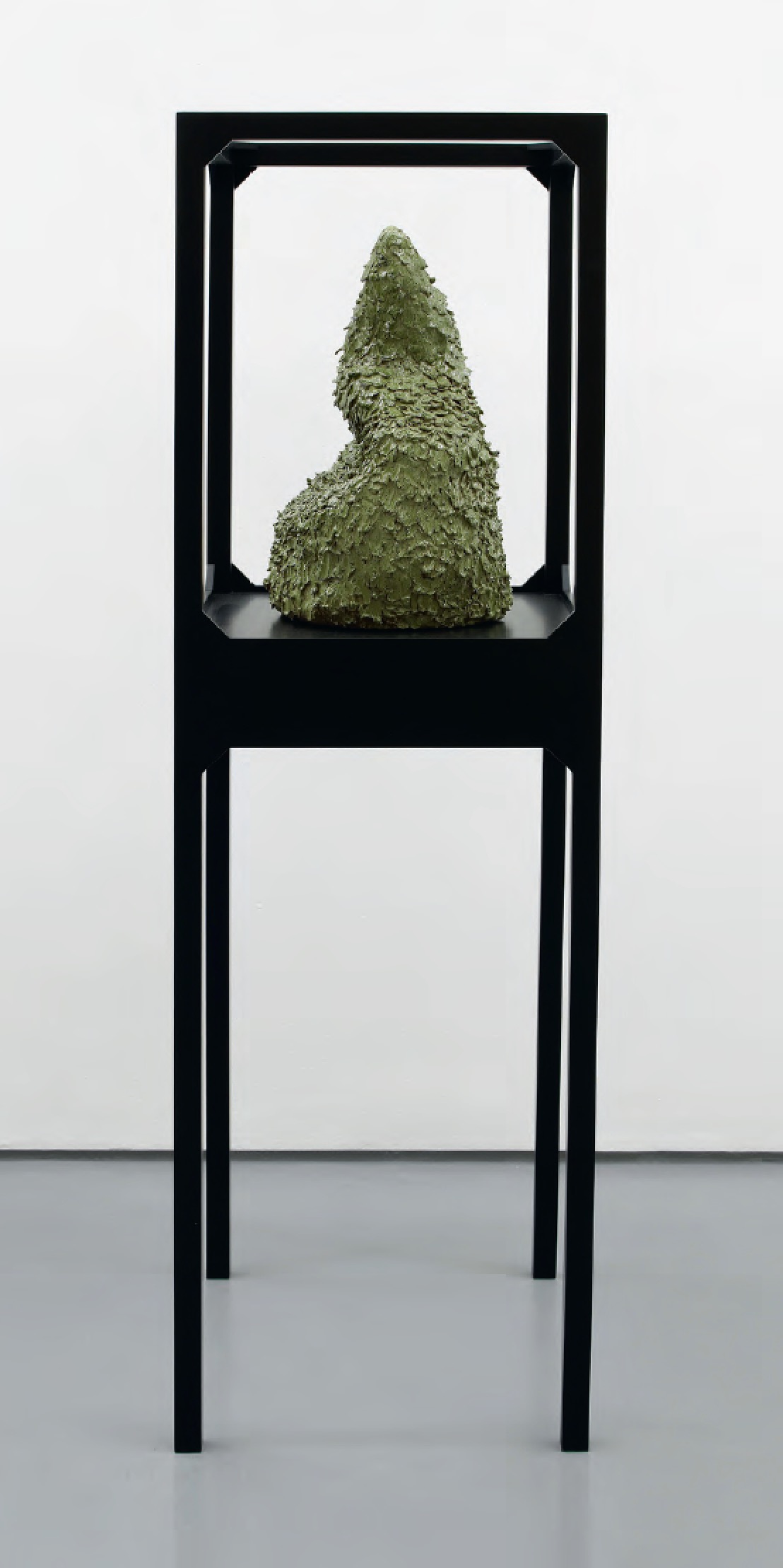
What are the hardest things for you to get ‘right’ and what are your unique challenges? I suppose to get my pieces to look like how I imagined them originally. They never do!
What part does the vulnerability of the material play in things? In my eyes it does not make the material more precious. I would not call it an attraction. But it definitely makes my life a lot more difficult at least from a logistical point of you. This aspect of the material somehow always amazes me; it seems to go so much against how it visually presents itself.
Is how you display a piece an important element of the work itself? Do you ever suggest how something might be displayed? It varies from piece to piece. Sometimes the display is actively part of it, especially when it's crucial in achieving a specific emotional response that I'm aiming to achieve from the viewer. It is also the time when I would ask a collector to display my work in a specific manner.
I suppose I like to be playful with traditional modes of display. I somehow enjoy subverting them but also use them as a device in order to create or add to possible narratives, that the sculptures might suggest initially. In any case it is a device that creates a specific narrative that interacts with the artwork whether you like it or not. I also like to be challenged by the architecture of where my work is displayed and to play with it.
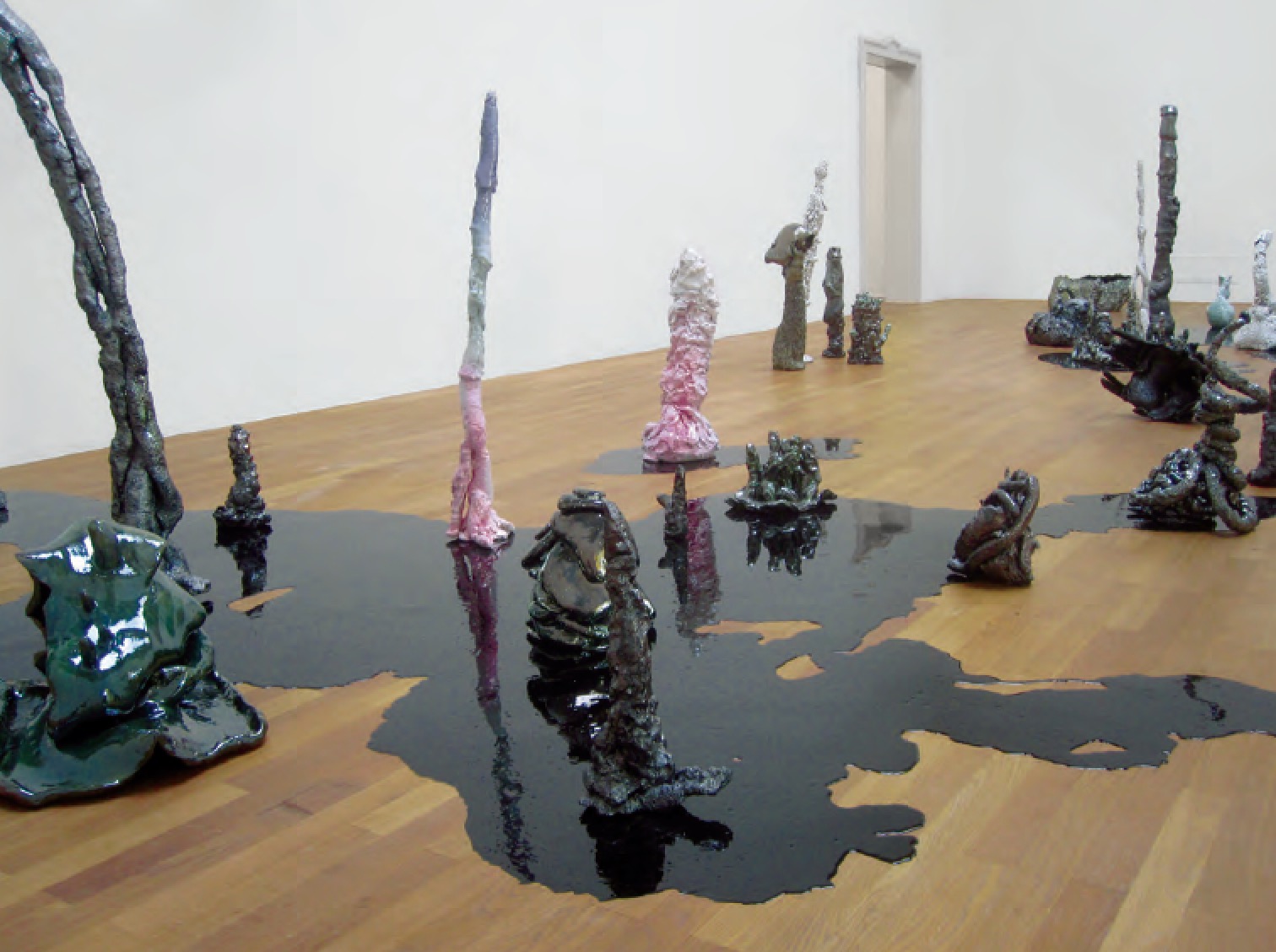
What’s next for you, and what’s next for ceramics? I am about to travel to Mexico for two months. I have been invited to develop a new project with some of the local artisan communities near Puerto Escondido. The residency is almost ephemeral in flavour, it is very much about the exchange of knowledge, a change to give and learn at the same time. I will firstly be learning a technique called Barro Negro, central to a traditional ceramic production in Oaxaca that was originally developed in Mexico by an artisan called Doña Rosa from the village of San Bartolo Coyotepec. Whilst initially researching this technique, I have drawn some similarities with a technique called Bucchero, firstly developed in central Italy, by the region' s pre-Roman Etruscan civilization, so I am also very curious to research more about this crossover.
Clay and ceramics have, in recent years, been elevated from craft to high art material, with the resulting artworks being coveted by collectors and exhibited in museums around the world. Vitamin C: Clay and Ceramic in Contemporary Art celebrates the revival of clay as a material for contemporary artists, featuring a wide range of global talent selected by the world's leading curators, critics, and art professionals. Packed with illustrations, it's a vibrant and incredibly timely survey - the first of its kind. Buy Vitamin C here. And if you're quick, you can snap up work by Salvatore Arancio at Artspace.
